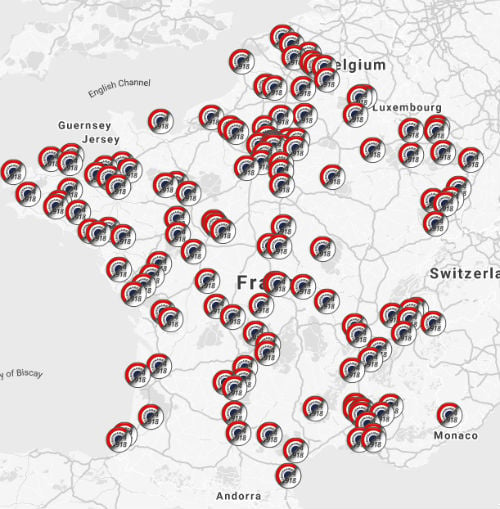 Map: Centenaire.org
Map: Centenaire.orgLike many other nations, France also marks the signing of the armistice with a minute of silence at exactly 11 am on November 11th each year, providing a moment to contemplate and remember those who served and lost their lives for their country, not just in the First World War but in other wars too.
Memorials
There are no living veterans of the First World War in France as the last surviving soldier, Claude Choules, passed away in 2011 having reached the age of 110. But in towns and villages across the country, people gather at memorials and battlefields to remember the sacrifices made by France's fighters.
For example, in Bastia in Corsica, the day is marked with singing, readings of soldiers' letters by local schoolchildren, and projections of archive footage.
The villages which 'died for France'
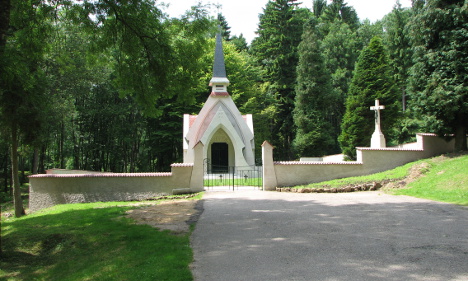
Bezonvaux church. Photo: TCY/Wikicommons
Several villages were razed to the ground in the battles which led to the end of the war. These include Beaumont-en-Verdunois, Bezonvaux, Cumières-le-Mort-Homme, Fleury-devant-Douaumont; Haumont-près-Samogneux and Louvemont-Côte-du-Poivre, all of which are located in the départment of Meuse.
Residents were evacuated at the start of the Battle of Verdun, which raged from February 21st to December 18th 1916, but when they returned they found that everything had been destroyed in the conflict, from houses and buildings to trees and hedges.
In 1919, the land was bought by the government and it was decided that the six villages would not be rebuilt or inhabited, but would remain as memorials, each with a mayor and an annual budget to take care of the land.
Restoration of graves
Memorial group Le Souvenir Français is campaigning for graves of soldiers to be restored.
The First World War was the first time soldiers killed in combat were buried in individual tombs rather than in mass graves; each tomb was marked with the words 'Mort pour la France' (Died for France). The 265 military cemeteries around the country contain the remains of around 740,000 soldiers, but Le Souvenir Français says many of these graves are falling into disrepair and wants to protect them.


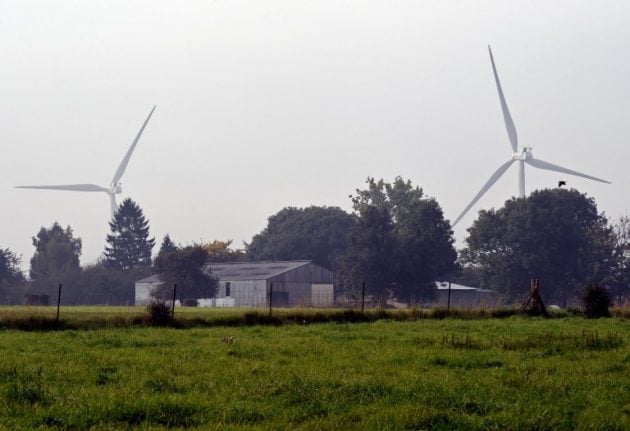
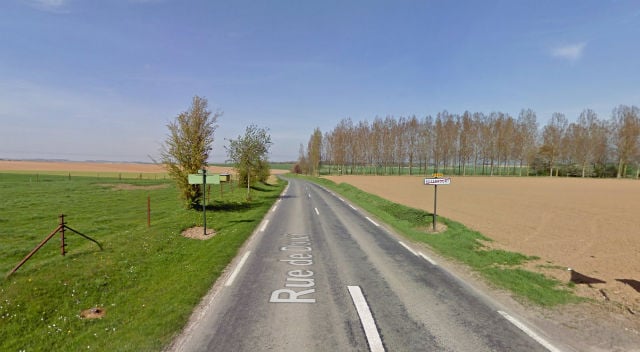
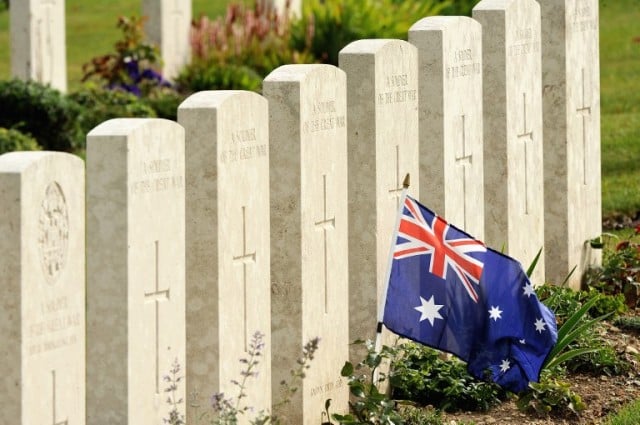
 Please whitelist us to continue reading.
Please whitelist us to continue reading.
Member comments